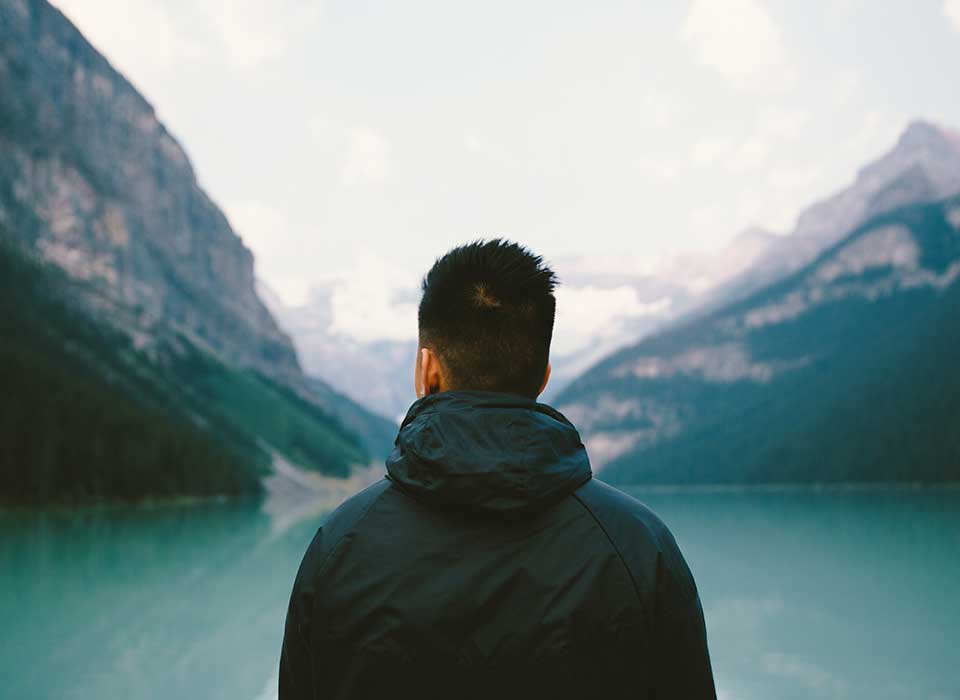I'm reasonably sure that X2D has 100Mp WItH IBIS.
How do you know that?
I bet even on better AF, maybe with eye af.
Hope on some sort of video RAW output.
I would say that 100 MP is a very reasonable guess.
With IBIS, I don't know. That would entail a lot of R&D effort in an area where Hasselblad did not ventured before.
Also, I don't know if IBIS is a necessary feature. Obviously, in some cases it can be a game changer. For available light, I think that 24x36 mm systems may be a better choice as most lenses are faster and perfect sharpness may not be the dominant issue.
Personally, my MFD usage was strictly on tripod, to the extent that I don't even have a release button on my Hasselblad (555/ELD), only an electronic cable release.
I am not so sure about X2D rumors. I would certainly see an X2D, as I think that Hasselblad needs a 102 MP camera to be feasible in the long run.
I did a simple demo some time ago, comparing my four present day cameras:

Somewhat to my surprise, it seemed that aliasing played a major role with viewers. The image with the least aliasing, 'D', was the preferred one with all users. 'B' was preferred over 'A', albeit less sharp. All the images were resampled to around 35 MP, with image 'C' being up-sampled from 24 MP and all the others down-sampled.
Image 'A' was shot on 42 MP 24x36 mm with a very sharp lens. Image 'B' was shot with the same camera, with a decent quality 24-105/4 zoom lens. Some posters preferred 'B' over 'A', indicating that unaliased rendering may be preferred over rendering that is aliased, but less sharp.
This is obviously just an example. But it may indicate that 'proper' sensor resolution may matter.
In this case, 'E' was the Hasselblad 555/ELD. All posters preferred 'C' that was shot on the 24 MP A7II over the image 'E'. The A7II has some optical low pass filtering.
My take is that 'low resolution' sensors need OLP filtering and it takes pretty high sensor resolution to get around that need.
But, it seems that most MFD shooters don't care about aliasing. I don't know why?
Some possible explanations:
- Aliasing often yields 'crispness' and possibly also strong color.
- It may also be that less than perfect technique may mask some aliasing issues.
To me, it seems that my A7rIV yields cleaner rendition than my A7rII. But the A7rII was pretty much aliasing free with zooms and before I started to use Jim Kasson's focusing methods, that is using magnified live view with peaking at maximum magnification and focusing at shooting aperture.
- It is very hard to get 'peaking' on full aperture at full magnification.
- The great majority of lenses have significant focus shift when stopping down. So focusing wide open introduces a focusing error.
Over the last years I shifted from zooms to primes on my A7rII and also switched to using peaking combined with magnified live view at shooting aperture and I got rewarded with color aliasing.
It seems that shooting with the A7rIV reduced that issue.
Just to say, I would really like to look into 50 MP in MFD compared to 102 MP, but renting equipment and setting upp proper experiments would be prohibitively expensive here in Sweden. It is not only about renting gear, it is also about making best use of it.
Best regards
Erik
--
Erik Kaffehr
Website:
http://echophoto.dnsalias.net
Magic uses to disappear in controlled experiments…
Gallery:
http://echophoto.smugmug.com
Articles:
http://echophoto.dnsalias.net/ekr/index.php/photoarticles




